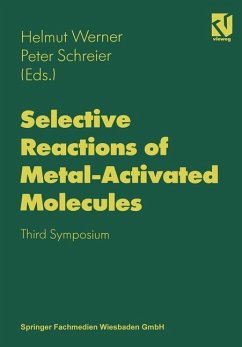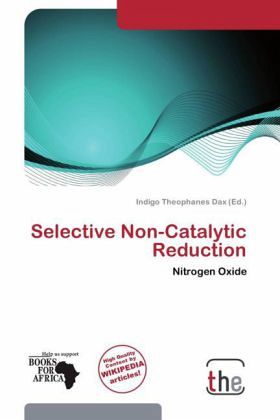
Selective Non-Catalytic Reduction
Nitrogen Oxide
Herausgegeben: Dax, Indigo Theophanes
Versandkostenfrei!
Versandfertig in 6-10 Tagen
19,99 €
inkl. MwSt.

PAYBACK Punkte
10 °P sammeln!
Selective Non Catalytic Reduction (SNCR) is a method to lessen nitrogen oxide emissions in conventional power plants that burn biomass, waste and coal. The process involves injecting either ammonia or urea into the firebox of the boiler at a location where the flue gas is between 760 and 1,093 degrees Celsius (1,400 and 2,000 °F) to react with the nitrogen oxides formed in the combustion process. The resulting product of the chemical redox reaction is elemental nitrogen (N2), carbon dioxide (CO2), and water (H2O).The reaction requires a certain temperature range to be effective, typically 760...
Selective Non Catalytic Reduction (SNCR) is a method to lessen nitrogen oxide emissions in conventional power plants that burn biomass, waste and coal. The process involves injecting either ammonia or urea into the firebox of the boiler at a location where the flue gas is between 760 and 1,093 degrees Celsius (1,400 and 2,000 °F) to react with the nitrogen oxides formed in the combustion process. The resulting product of the chemical redox reaction is elemental nitrogen (N2), carbon dioxide (CO2), and water (H2O).The reaction requires a certain temperature range to be effective, typically 760 to 1,093 °C (1,400 to 1,999 °F), otherwise the NO and the ammonia don't react. Ammonia that hasn't reacted is called ammonia slip and is undesirable, as the ammonia can react with other combustion species, such as sulfur trioxide (SO3), to form ammonium salts.



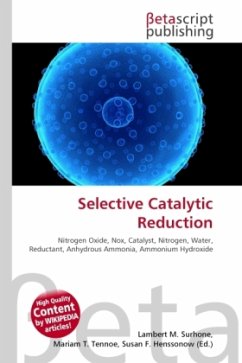
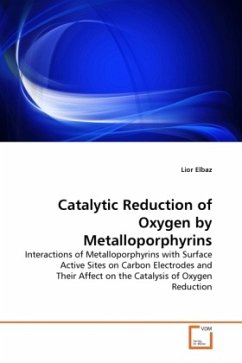
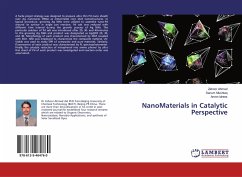

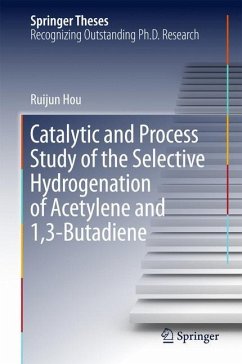
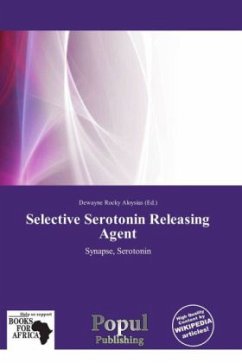
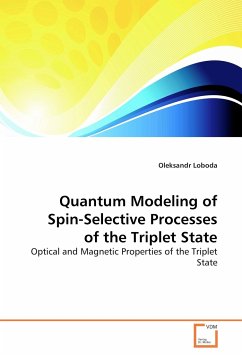
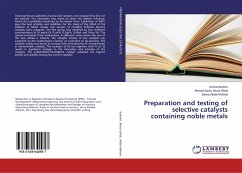
![Calix[4]arene based ion-selective electrodes Cover Calix[4]arene based ion-selective electrodes](https://bilder.buecher.de/produkte/45/45354/45354132n.jpg)
